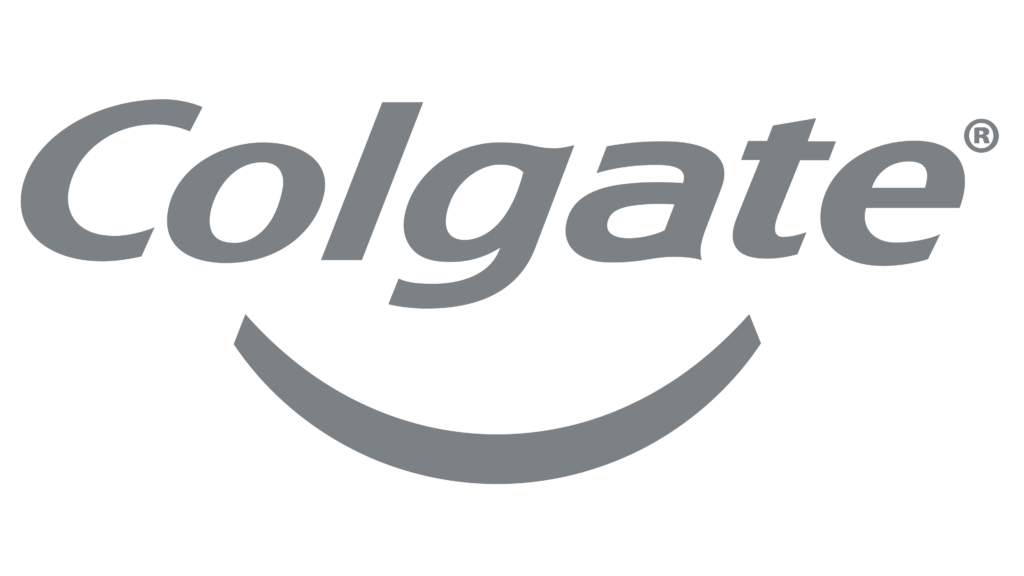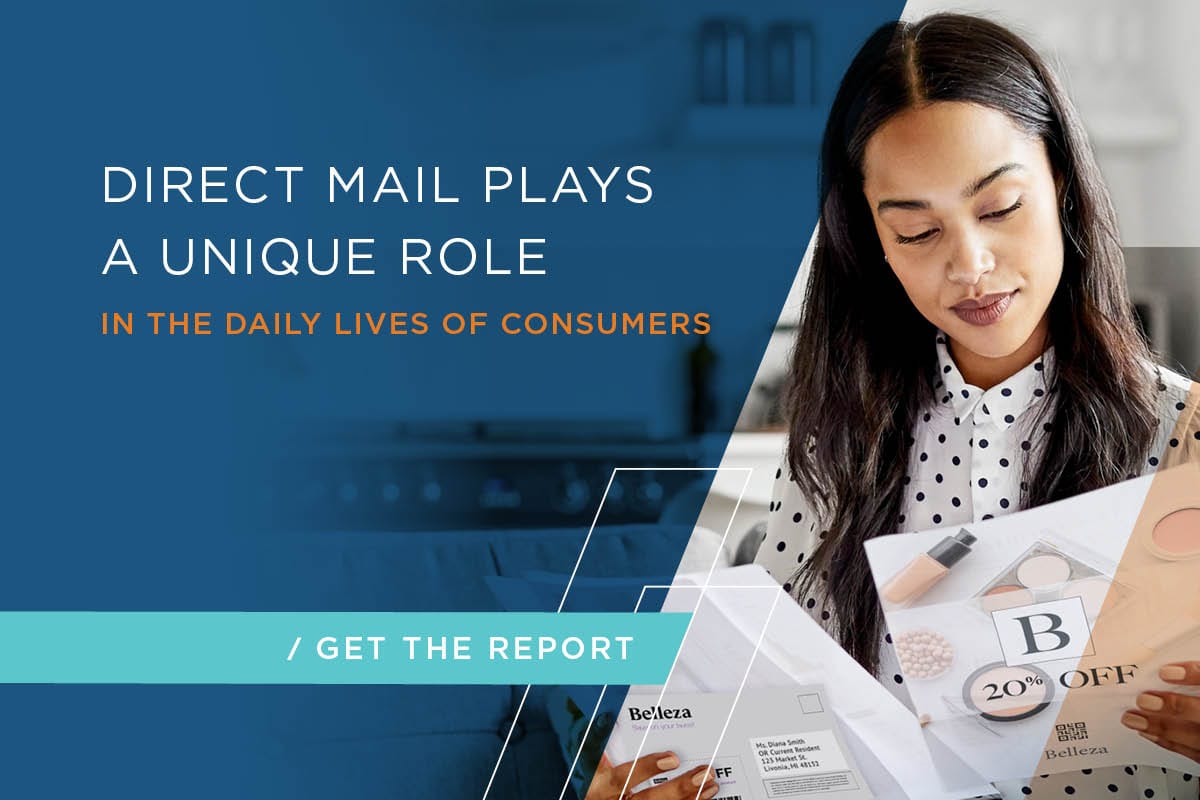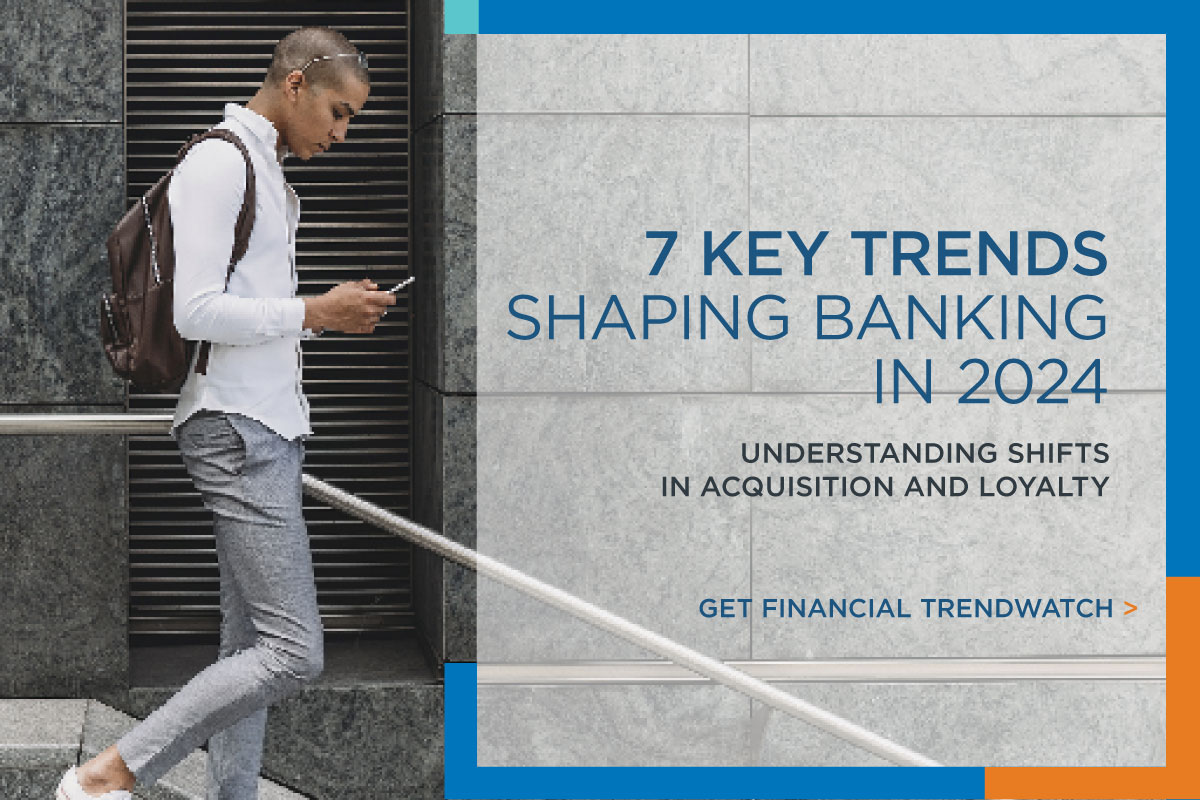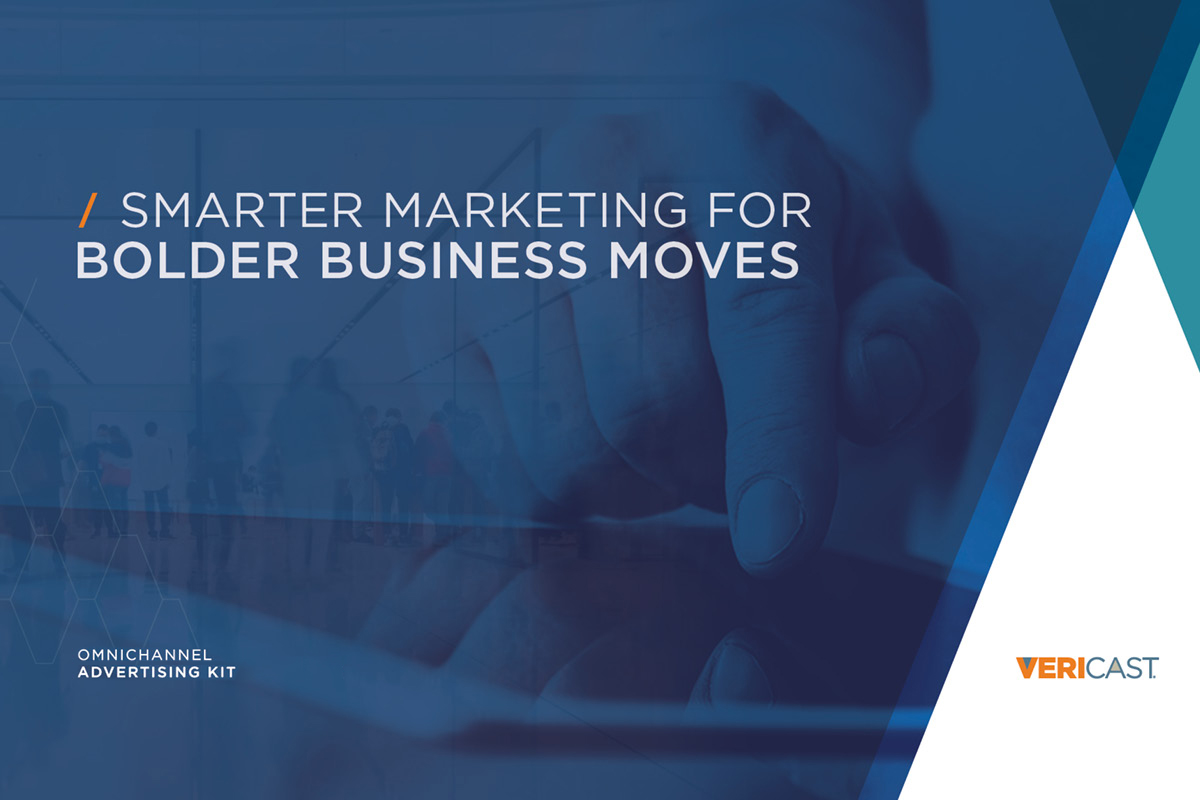new report: 2024 Restaurant trendwatch
WHAT MAKES US DIFFERENT

Our People, Our Technology, Our Targeted Media, Our Unified Data, Our Intelligence
WHAT WE DO
Fuel Growth and Drive Meaningful Commerce
At Vericast, we empower businesses with customer data insights, fostering growth and forging deeper business-to-people connections. Through our data-driven strategies, cutting-edge technology, and expert team, we elevate the impact of marketing data to achieve excellence. Over 15,000 companies trust us to deliver their brand messages to audiences with precision and scale. Every day, Vericast delivers performance for our clients, guided by experience, privacy, and a passion to do better than the last campaign.

130M
Targetable Households40B+
Location Signals130B
Daily Intent Signals7T+
Model Calculations DailyIndustries We Serve
Our Solutions
Marketing Technology
Marketing Services
Financial Solutions
Financial Solutions
Our solutions create better engagement and superior customer experiences that deliver profitable growth.
Learn More Digital Marketing
Print Marketing
DELIVER THE RIGHT MESSAGE,
AT THE RIGHT TIME,
WITH THE RIGHT MEDIA,
IN A PRIVACY-FORWARD WAY


















